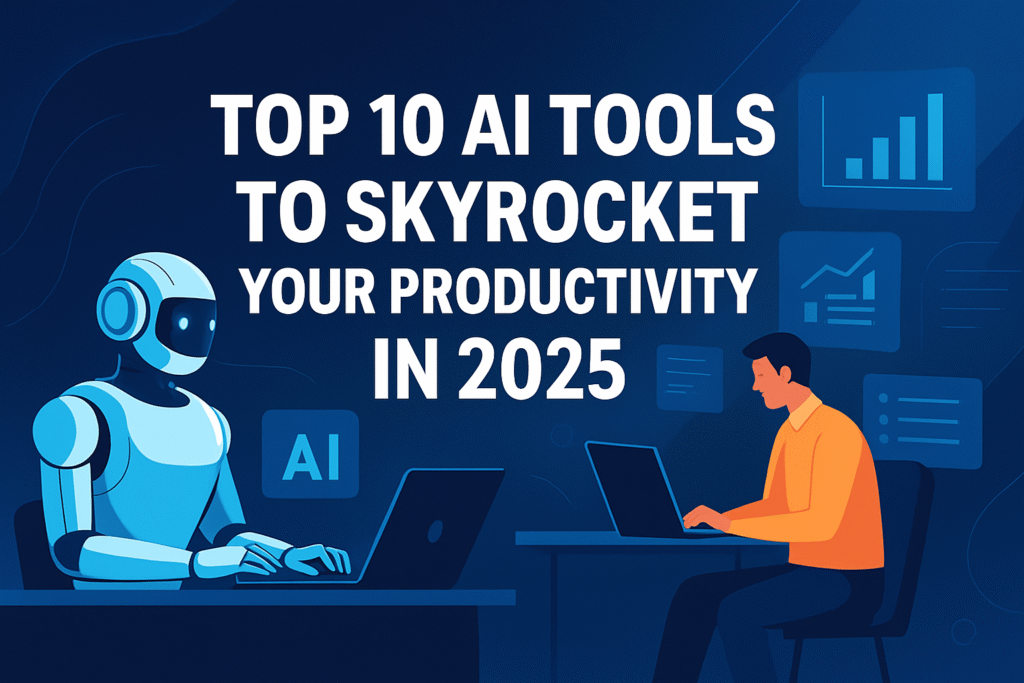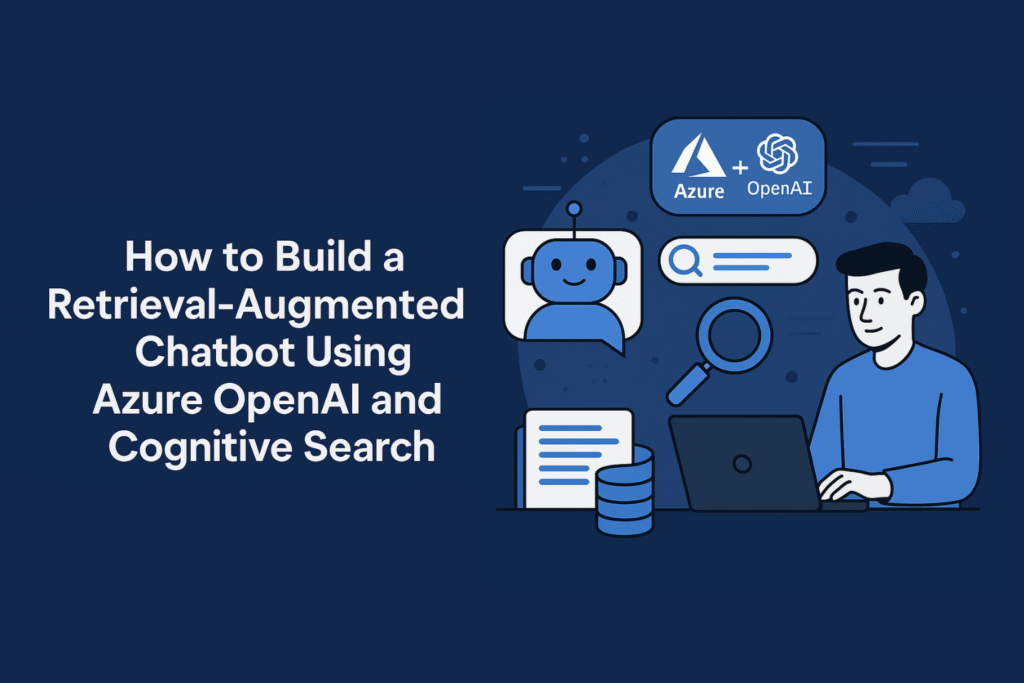
In the age of artificial intelligence (AI), security has become the backbone of every digital enterprise. As organizations race to adopt AI-driven tools for automation and decision-making, they also face an evolving cyber threat landscape. Hackers now exploit AI for sophisticated attacks, while businesses struggle to protect sensitive data, ensure compliance, and manage identity effectively.
This article explores why security and identity are critical in 2025, how threat intelligence powered by AI transforms cyber defense, and the best practices businesses must adopt to stay ahead of attackers.
Why Security and Identity Are the Core of Modern Cybersecurity
Today’s businesses run on data-driven systems. From financial transactions to healthcare records, sensitive information flows through digital networks daily. However, as connectivity grows, so does the attack surface. Here’s why identity and security matter more than ever:
- Rising Cybercrime Costs: According to Cybersecurity Ventures, global cybercrime costs will reach $10.5 trillion annually by 2025.
- Synthetic Identity Fraud: Generative AI can now create realistic fake profiles, leading to fraud in finance, e-commerce, and social platforms.
- Automated Attacks: AI enables attackers to automate phishing campaigns and exploit vulnerabilities at scale.
- Regulatory Pressure: GDPR, CCPA, and other frameworks require strict identity verification and breach prevention.
Identity is now the first line of defense. Traditional username-password systems can’t withstand today’s AI-powered attacks, making advanced security strategies essential.
What is Threat Intelligence?
Threat intelligence refers to collecting, analyzing, and applying data about potential or existing cyber threats. Traditionally, this involved manual analysis. Today, AI supercharges threat intelligence, enabling real-time detection, predictive insights, and automated response mechanisms.
Key Components of Threat Intelligence
- Data Collection: Monitoring logs, networks, and external sources like dark web forums.
- Analysis & Correlation: Identifying patterns, anomalies, and indicators of compromise (IoCs).
- Actionable Insights: Feeding intelligence into firewalls, SIEM tools, and identity systems for active defense.
How AI Enhances Threat Intelligence
AI-driven platforms transform how organizations handle cyber threats. Here’s how:
✅ 1. Real-Time Analysis
AI processes massive datasets at lightning speed, flagging anomalies that human analysts might miss.
✅ 2. Predictive Modeling
Machine learning predicts attack vectors before they occur, reducing the chances of data breaches.
✅ 3. Automated Responses
AI automates routine tasks like alert prioritization, patch updates, and incident response, minimizing downtime.
✅ 4. Behavioral Analytics
Instead of relying solely on static rules, AI models learn from user and system behavior to detect insider threats and account takeovers.
Top AI Security & Identity Trends in 2025
1. Zero Trust Architecture
Zero Trust assumes no device or user is inherently trusted. Every access request undergoes continuous verification, reducing the risk of lateral movement by attackers.
2. AI-Powered Multi-Factor Authentication (MFA)
Adaptive MFA uses AI to evaluate risk context (location, device, behavior) before granting access.
3. Behavioral Biometrics
Beyond fingerprints, AI now monitors typing speed, mouse movements, and navigation habits to confirm user identity.
4. Threat Detection via Large Language Models
AI models analyze dark web chatter, phishing kits, and malware code to issue early warnings.
5. AI-Driven Security Orchestration
Platforms like Microsoft Sentinel and IBM QRadar integrate with AI for automated orchestration of security tasks.
Challenges and Risks in AI-Driven Security
While AI strengthens defense systems, it introduces new vulnerabilities:
- Bias in Algorithms: Misclassification can block legitimate users or let threats slip through.
- Adversarial AI Attacks: Hackers train models to trick AI-based security systems.
- Data Privacy Concerns: AI requires vast datasets, raising compliance issues under GDPR and similar laws.
- False Sense of Security: Overreliance on AI without human oversight can be dangerous.
Best Practices for Businesses in 2025
To build resilient security systems, businesses should:
✅ Adopt Zero Trust Frameworks: Implement granular access controls for users and devices.
✅ Invest in AI-Powered Threat Intelligence Platforms: Tools like CrowdStrike Falcon, IBM QRadar, and Microsoft Defender are leading solutions.
✅ Regularly Train AI Models: Update models with the latest threat signatures and attack vectors.
✅ Educate Employees: Human error remains the biggest security gap.
✅ Stay Compliant: Align policies with ISO 27001, NIST, and GDPR.
Future Outlook: AI Security and Identity in the Next Decade
The future of security will revolve around AI-human collaboration. Expect autonomous security systems capable of self-healing networks, AI identity verification using quantum-resistant algorithms, and AI-driven law enforcement partnerships.
As AI reshapes industries, businesses that proactively integrate AI-driven security and threat intelligence will lead in resilience and trustworthiness.

